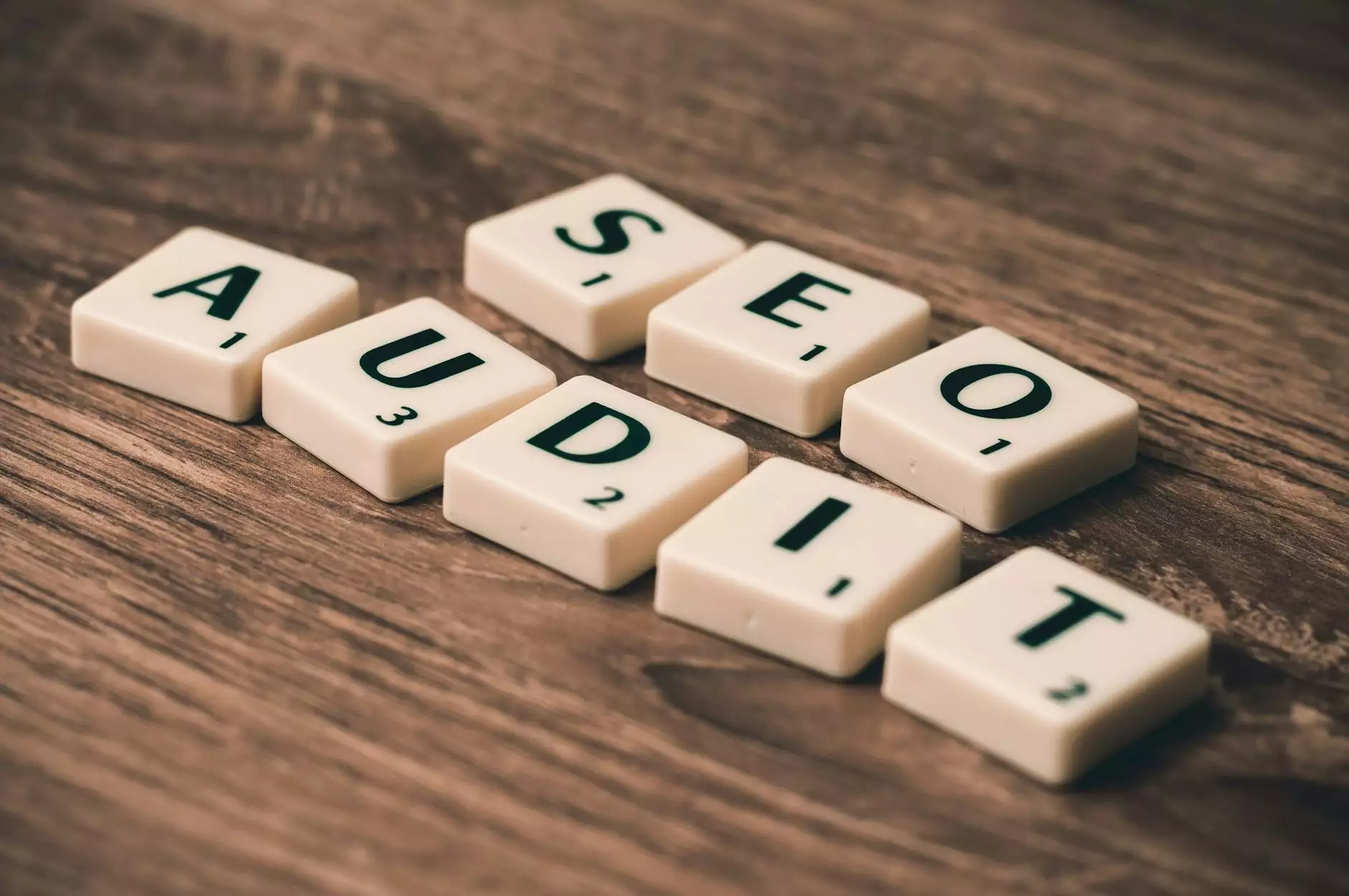How to Identify Bad Backlinks for SEO
Blog
Introduction
Welcome to the comprehensive guide on identifying and removing bad backlinks for SEO. In this article, we will provide you with valuable insights and strategies to help you improve your website's search engine optimization. As a leading player in the website development industry, One and Only Web Design understands the importance of having a strong online presence for businesses in the Business and Consumer Services sector.
Understanding Backlinks
Before diving into the details of identifying bad backlinks, it is important to understand what backlinks are and why they are crucial for SEO. Backlinks are incoming links from other websites that direct users to your website. Search engines consider backlinks as votes of confidence, indicating that your website provides valuable and relevant content. However, not all backlinks are created equal, and some may even have a negative impact on your SEO efforts.
Types of Backlinks
It is essential to categorize backlinks to determine if they are beneficial or harmful to your website's SEO performance. Here are the different types of backlinks:
- Editorial Backlinks: These backlinks are obtained naturally when other websites find your content valuable and link back to it. Editorial backlinks can significantly boost your SEO efforts.
- Guest Post Backlinks: When you contribute high-quality articles to other websites in your industry, you can include a backlink to your website in the author bio section. These backlinks are valuable if they come from reputable websites in your niche.
- Directory Backlinks: These backlinks come from online directories that list businesses in specific industries. While some directories can be useful, many low-quality directories may have a negative impact on your SEO.
- Forum and Blog Comment Backlinks: Some websites allow you to leave comments with a backlink to your website. However, spamming or leaving low-quality comments solely for the purpose of generating backlinks can harm your SEO.
- Paid Backlinks: Buying backlinks is against search engine guidelines and can result in severe penalties. It is crucial to avoid paid backlinks to maintain a healthy and search engine-friendly website.
Identifying Bad Backlinks
Now that you have a better understanding of the different types of backlinks, let's explore how to identify bad backlinks that can potentially harm your SEO efforts:
1. High Domain Authority Sites Linking to Irrelevant Content
While backlinks from high domain authority sites are generally desirable, it's important to ensure they are relevant to your website's content. If you notice backlinks from authoritative websites that have no relation to your industry or content, they may be considered bad backlinks.
2. Suspiciously Low-Quality Websites Linking to Your Site
Backlinks from low-quality websites or those that engage in unethical SEO practices can have a detrimental effect on your website's rankings. These websites are often associated with spam, phishing, or blackhat SEO techniques, and having links from them can signal to search engines that your website is also engaging in such practices.
3. Unnatural Anchor Texts
Anchor texts are the clickable words or phrases in a hyperlink. If you notice repetitive or keyword-stuffed anchor texts pointing to your website, it can be a warning sign of bad backlinks. Organic and varied anchor texts are essential for a natural and healthy link profile.
4. Links from Link Farms or Private Blog Networks (PBNs)
Link farms and PBNs are networks of websites created solely for the purpose of generating backlinks. These networks often have low-quality content and serve no real value to users. Links from such networks can negatively impact your SEO efforts and should be identified and removed.
5. Excessive Links from the Same IP Address
Having a large number of backlinks from a single IP address can appear unnatural to search engines. This can happen if you are involved in link schemes or have unintentionally attracted spammy backlinks from the same source. It is crucial to diversify your backlink profile to maintain a healthy website.
Removing Bad Backlinks
Now that you know how to identify bad backlinks, it's time to remove them to protect your website's SEO. Here's a step-by-step guide on removing bad backlinks:
1. Conduct a Backlink Audit
Start by using reputable SEO tools to conduct a backlink audit. This will give you a comprehensive overview of your website's backlink profile, helping you identify any potentially harmful backlinks.
2. Identify and Categorize Bad Backlinks
Go through the backlink audit report and categorize the identified backlinks as good or bad. Pay close attention to the criteria mentioned earlier, such as irrelevant sources, low domain authority, unnatural anchor texts, and links from link farms or PBNs.
3. Reach Out for Removal
Contact the webmasters of the websites linking to your site with bad backlinks. Politely request the removal of the backlinks, providing them with the necessary information and evidence to support your request.
4. Disavow Bad Backlinks
In cases where you are unable to remove certain backlinks manually, you can use the Google Disavow Tool. This tool allows you to submit a list of backlinks that you want to disavow, signaling to Google that you do not want them to be considered when evaluating your website's SEO.
5. Monitor and Repeat
Regularly monitor your backlink profile to ensure no new bad backlinks are appearing. Repeat the audit and removal process periodically to maintain a clean and healthy link profile.
Conclusion
Identifying and removing bad backlinks is an essential part of maintaining a strong SEO strategy. By leveraging the strategies and insights provided in this guide, you can protect your website from the potential harm caused by bad backlinks. As a leader in website development services, One and Only Web Design is committed to helping businesses in the Business and Consumer Services sector achieve their online goals while ensuring a positive user experience and optimal search engine visibility.




